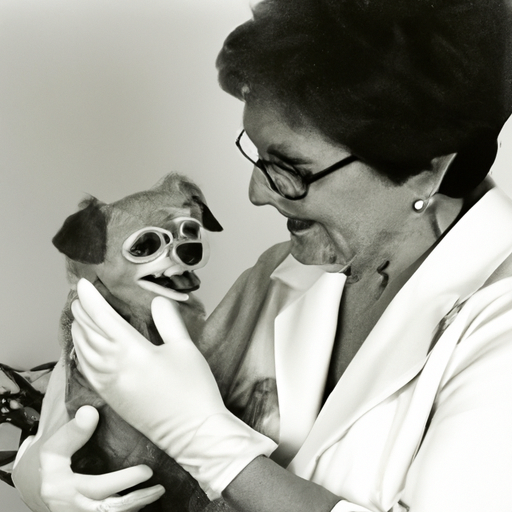As a caregiver, it’s crucial to know every aspect of taking care of your beloved pet. One of the lesser-known but incredibly important aspects of canine care is gland expression.
Understanding the Importance of Canine Gland Expression
You’ve probably seen your furry friend scooting along the carpet or grass, and while it can be a source of amusement, it’s actually a sign that your dog’s anal glands may be full or impacted. These two small, grape-sized sacs are located on either side of your dog’s anus and they secrete a fishy-smelling fluid during bowel movements.
Expressing the glands is a necessary part of maintaining your dog’s health. If left unattended, full or impacted glands can lead to discomfort, infection, and even abscesses.
Knowing When to Express Your Dog’s Glands
Your dog’s behavior is the best clue. Here are some signs to watch out for:
- Scooting or dragging their bottom on the ground
- Excessive licking or biting at their rear end
- A fishy odor coming from your dog
- Difficulty sitting or appears uncomfortable
However, some dogs may not show any signs. Regular vet visits can help detect any issues early.
How to Express Your Dog’s Glands
This isn’t the most pleasant task, but it’s essential for your dog’s comfort and health. Here’s a step-by-step guide:
- Gather Your Materials: You’ll need disposable gloves, paper towels or cloths, and a bathtub or hose.
- Position Your Dog: Have your dog facing away from you in a standing or squatting position.
- Locate the Glands: The glands are located at approximately 4 o’clock and 8 o’clock positions.
- Express the Glands: Apply gentle pressure on either side of the anus, pushing inwards and upwards.
- Clean Up: Once the fluid is released, clean your dog’s rear end with a warm, soapy washcloth.
Remember, if you’re uncomfortable with this process or your dog resists, it’s best to seek professional help.
Professional Gland Expression
Many groomers and veterinarians offer gland expression services. This table provides a general cost comparison:
| Service | Cost Range |
|---|---|
| Groomer | $10 – $20 |
| Veterinarian | $30 – $60 |
While it’s more expensive, veterinarians are trained to handle any complications that may arise during the process.
Preventing Gland Issues
To reduce the frequency of gland expressions, consider the following:
- Diet: High-fiber foods can help firm up stools, which can naturally express the glands.
- Exercise: Regular activity can help maintain a healthy digestive system.
- Regular Vet Check-ups: Regular vet visits can help catch any issues early.
FAQs
Q: How often should I express my dog’s glands?
A: It varies widely among dogs – some may need it monthly, others less frequently. Your vet can provide the best advice.
Q: Can I harm my dog by expressing their glands at home?
A: If done improperly, yes. Always seek professional guidance before attempting at home.
Q: Are some dogs more prone to gland issues?
A: Yes, smaller breeds often need more frequent gland expressions.
Expressing your dog’s glands may not be the most glamorous part of pet ownership, but remember, by doing so, you’re ensuring your furry friend’s comfort and well-being.



